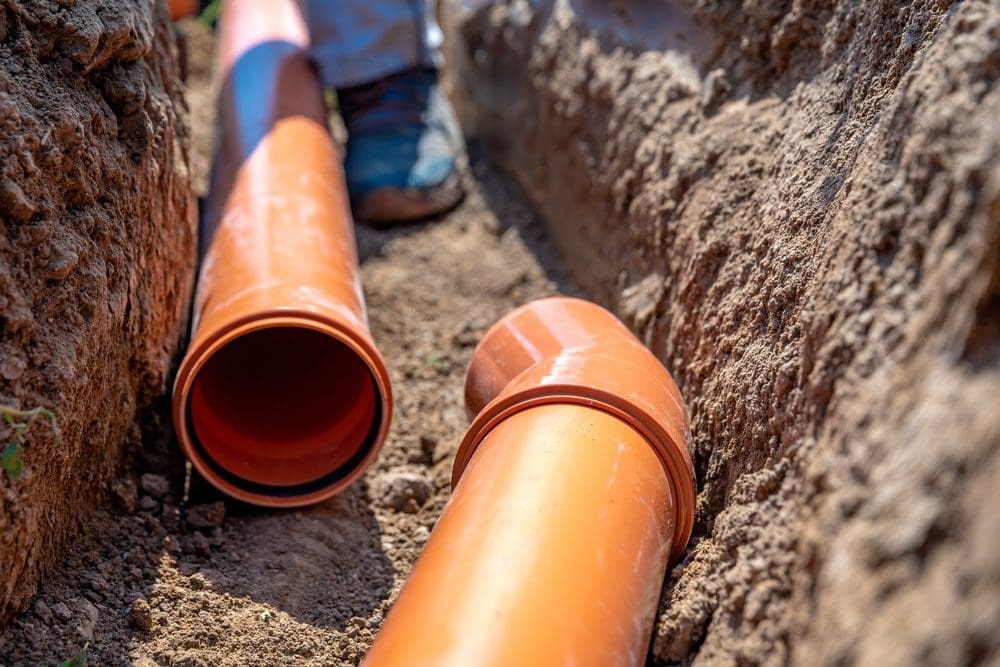What steps do you take to minimize damage during sewer repair?

Sewer repairs are essential for maintaining the functionality and integrity of your plumbing system, but they can also pose risks of damage to your property if not handled carefully. Whether you’re facing a minor repair or a major sewer line replacement, taking proactive steps to minimize damage during the repair process is crucial. Protect your property from excavation damage by choosing our Trenchless sewer repair company for efficient and non-invasive pipe rehabilitation services. By following best practices and working with experienced professionals, you can mitigate the risk of property damage and ensure a successful sewer repair project.
- Pre-Repair Assessment and Planning: Before initiating any sewer repair work, conduct a thorough assessment of the problem and develop a comprehensive plan for the repair process. Identify the location and extent of the damage, assess any potential risks to surrounding structures or landscaping, and determine the most suitable repair method. Consulting with experienced plumbing professionals can help ensure that the repair plan is tailored to your specific needs and minimizes the risk of unexpected complications.
- Use of Trenchless Repair Techniques: Whenever possible, opt for trenchless sewer repair techniques to minimize disruption and damage to your property. Trenchless methods, such as pipe lining or pipe bursting, allow for repairs to be completed with minimal excavation, reducing the need for extensive digging and restoration work. By preserving landscaping, driveways, and other structures, trenchless repair techniques help minimize disruption and restore your sewer system with minimal damage to your property.
- Protective Measures for Surrounding Structures: Take proactive measures to protect surrounding structures, landscaping, and utilities from potential damage during sewer repair work. Use protective barriers, such as plywood sheets or temporary fencing, to shield nearby structures from debris or equipment. Avoid placing heavy machinery or equipment on delicate surfaces, such as driveways or sidewalks, and take care to avoid damaging landscaping or underground utilities.
- Proper Equipment and Safety Precautions: Ensure that the repair crew utilizes proper equipment and follows safety precautions to minimize the risk of accidents or property damage. Use specialized tools and machinery designed for sewer repair work, and implement safety protocols to protect workers and property alike. By adhering to safety guidelines and industry best practices, you can minimize the risk of injuries, property damage, and costly setbacks during the repair process.
Minimizing damage during sewer repair requires careful planning, use of appropriate techniques, and adherence to safety protocols. Count on our Trenchless sewer repair company expertise to address sewer line issues promptly, without disrupting your daily routine.

